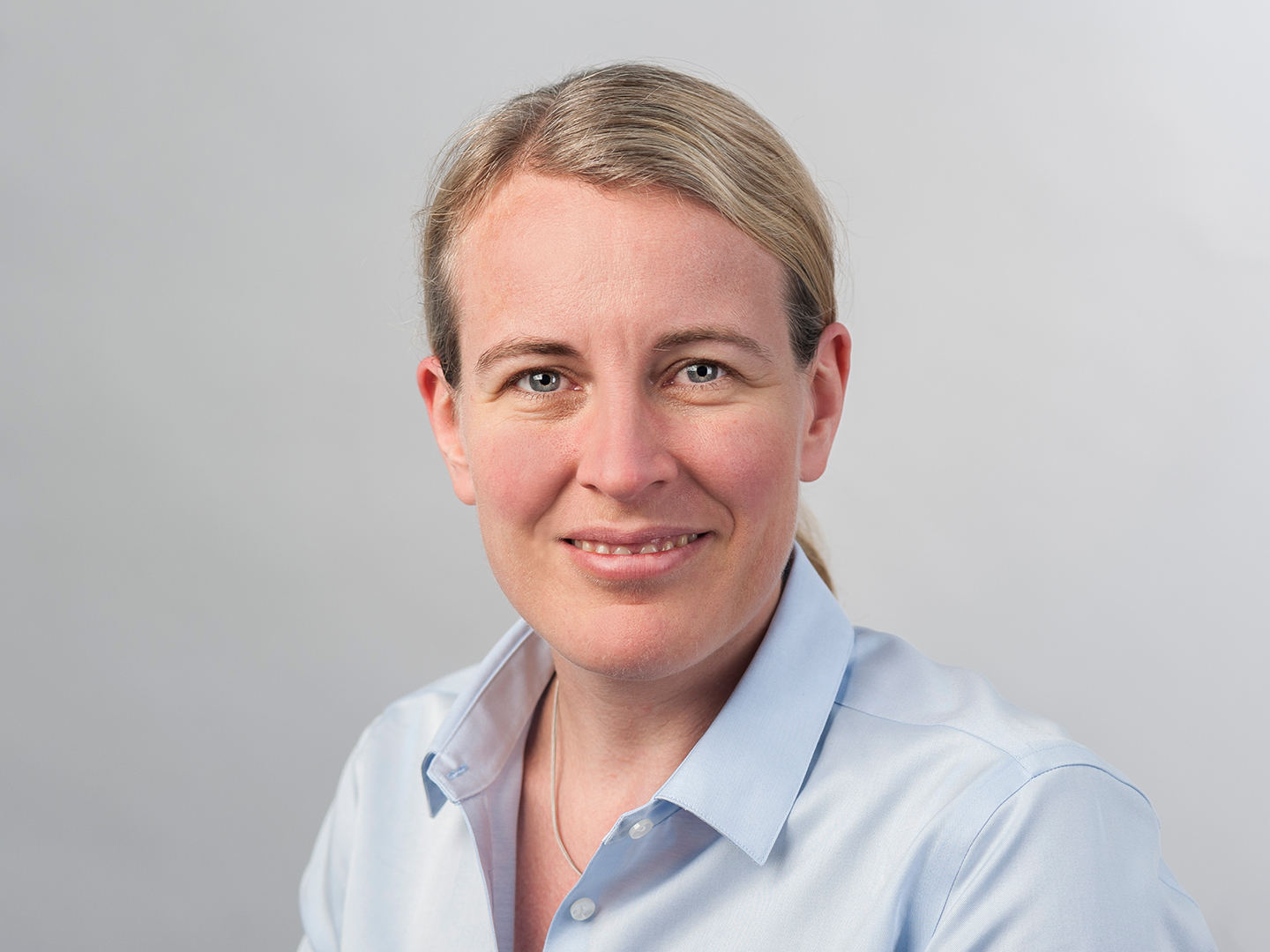... Nina Kolbe, thyssenkrupp Steel Europe AG, Head of the "L-I CO2 Sources and Infrastructure" subproject.
Interview of 24.2.2021
The sub-project L-I CO2 sources and infrastructure was added in the second project phase. What were the motivations for this?
Nina Kolbe: The framework conditions have changed significantly within the first phase of Carbon2Chem®: tighter climate targets and a change in awareness in society (including Fridays for Future...) have led to more and more CO2-intensive industries setting themselves the goal of climate neutrality. The steel industry wants to switch to hydrogen metallurgy in the long term, which has a major impact on the quality and quantity of available metallurgical gases. At the same time, industries with unavoidable, process-related emissions – such as the lime industry and residue recycling – are also looking for ways to bind their emissions via CCU.
What are the goals of this subproject?
Nina Kolbe: Industrial sectors such as the lime industry and residue recycling are to be integrated into new cross-industrial Verbund networks. In this context, process concepts developed in the first phase of Carbon2Chem® are to be adapted to the new requirements (e.g. via smaller, modular plants). Another important goal is to evaluate the transformation paths of industries towards climate neutrality with regard to the temporal availability of CO2 sources, the demand for hydrogen as well as renewable energy. Concrete solutions will be proposed for the required infrastructure (e.g. feasibility of intermediate storage of H2 in a cavern).
To what extent do the intended results of the subproject complement the objectives of the Carbon2Chem® joint project?
Nina Kolbe: The information on the impact of the transformation pathways of the steel industry and other CO2-intensive industries on the temporal and spatial availability of CO2 sources is important for the simulation of Carbon2Chem® Verbund networks in L-0, so that the overall system can be optimized. The subprojects L-II to L-V are to develop and evaluate additional, alternative CO2 sources.
What are the next steps planned?
Nina Kolbe: Networking the new partners, setting up a CO2 source matrix, starting feasibility studies on H2 cavern storage and CCU in the lime industry.
 Fraunhofer Institute for Environmental, Safety and Energy Technology UMSICHT
Fraunhofer Institute for Environmental, Safety and Energy Technology UMSICHT